Orientasi Pembelajaran Dan Perilaku Kerja Inovatif (Peran Efikasi Diri Kreatif Pada UKM)
DOI:
https://doi.org/10.30587/jurnalmanajerial.v9i01.3105Keywords:
Learning, Orientation, Creative, Self, Efficacy, InnovativeAbstract
Background – In the dynamic era of the business world, achieving business growth and sustainability requires human resources who have innovative skills. SMEs play an important role in the economic growth of a country. However, the added value provided is still not significant because the human resources owned by SMEs are still relatively low in innovative abilities. The solution is to conduct learning orientation and innovative behavior with the mediating role of creative self-efficacy. Objectives - To provide new insights about the innovative behavior of SMEs, the extent to which learning orientation for innovative activities and creative self-efficacy influence the innovative behavior of SMEs. Design/method/approach – This study uses quantitative methods. Respondent data was collected using a questionnaire. The sample used was 105 SMEs in Surabaya using the purposive sampling technique. Hypothesis testing using Partial Least Square (PLS). Findings - The results of this study that learning orientation has a significant effect on creative self-efficacy and innovative work behavior, creative self-efficacy has a significant effect on innovative work behavior. Furthermore, creative self-efficacy plays a role in mediating learning orientation and innovative work behavior. Research Implications - For business continuity to be maintained, SMEs must produce products that are different from competitors. SMEs must increase learning opportunities to produce highly innovative work behavior. Research Limitations - This study only involved SMEs in Surabaya so that future researchers should conduct similar research in a wider area for more comprehensive results.
References
Amabile, T. (1988). A model of creativity and innovation in organizations. Research in Organizational Behavior, 10, 123–167.
Ames, C., & Archer, J. (1988). Achievement Goals in the Classroom: Students’ Learning Strategies and Motivation Processes. Journal of Educational Psychology, 80(3), 260–267. https://doi.org/10.1109/APCC.2016.7581477
Atitumpong, A., & Badir, Y. F. (2018). Leader-member exchange, learning orientation and innovative work behavior. Journal of Workplace Learning, 30(1), 32–47. https://doi.org/10.1108/JWL-01-2017-0005
Bandura. (1997). Self-efficacy: The exercise of control. New York: Freeman.
Begonja, M., Čićek, F., Balboni, B., & Gerbin, A. (2016). Innovation and business performance determinants of SMEs in the Adriatic region that introduced social innovation. Economic Research-Ekonomska Istrazivanja , 29(1), 1136–1149. https://doi.org/10.1080/1331677X.2016.1213651
Dorenbosch, L., Engen, M. L. va., & Verhagen, M. (2005). On-the-job innovation: The impact of job design and human resource management through production ownership. Creativity and Innovation Management, 14(2), 129–141. https://doi.org/10.1111/j.1476-8691.2005.00333.x
Dweck, C. S. (2000). Self-Theories: Their Role in Motivation, Personality, and Development, Psychology. Press, Philadelphia.
Elliot, A. J., & Church, M. A. (1997). A Hierarchical Model of Approach and Avoidance Achievement Motivation. Journal of Personality and Social Psychology, 72(1), 218–232. https://doi.org/10.1037/0022-3514.72.1.218
Ellström, P. E. (2010). Practice-based innovation: A learning perspective. Journal of Workplace Learning, 22(1–2), 27–40. https://doi.org/10.1108/13665621011012834
Ergeneli, A., Camgoz, S. M., & Karapinar, P. B. (2010). The Relationship Between Self-Efficacy and Conflict-Handling Styles in Terms of Relative Authority Positions of the Two Parties. Social Behavior and Personality: An International Journal, 38(1), 13–28. https://doi.org/10.2224/sbp.2010.38.1.13
Ford, C. M. (1996). A theory of individual creative action in multiple social domains. Academy of Management Review, 21(4), 1112–1142. https://doi.org/10.5465/AMR.1996.9704071865
Fuadiputra, I. R. (2020). EXPLORING TRANSFORMATIONAL LEADERSHIP, LEARNING ORIENTATION, AND CREATIVE SELF EFFICACY ON EMPLOYEE CREATIVITY. International Journal of Economics, Business and Accounting Research (IJEBAR), 4(4), 340–352.
Gong, Y., & Fan, J. (2006). Longitudinal examination of the role of goal orientation in cross-cultural adjustment. Journal of Applied Psychology, 91(1), 176–184. https://doi.org/10.1037/0021-9010.91.1.176
GONG, Y., HUANG, J.-C., & FARH, J.-L. (2009). Employee learning orientation, transformational leadership, and employee creativity: The mediating role of employee creative self-efficacy. Academy of Management Journal, 52(4), 765–778. https://doi.org/10.1108/dlo.2010.08124bad.003
Hair, J. F., Black, W. C., Babin, B. J., & Anderson, R. E. (2010). Multivariate Data Analysis (7th Editio). New York: Prentice Hall International, Inc.
Holman, D., Totterdell, P., Axtell, C., Stride, C., Port, R., Svensson, R., & Zibarras, L. (2012). Job Design and the Employee Innovation Process: The Mediating Role of Learning Strategies. Journal of Business and Psychology, 27(2), 177–191. https://doi.org/10.1007/s10869-011-9242-5
Hsu, M. L. A., Hou, S. T., & Fan, H. L. (2011). Creative self-efficacy and innovative behavior in a service setting: Optimism as a moderator. Journal of Creative Behavior, 45(4), 258–272. https://doi.org/10.1002/j.2162-6057.2011.tb01430.x
Ionica, O. (2013). The Impact of Innovation in Romanian Small and Medium-Sized Enterprises on Economic Growth Development. Journal of Knowledge Management, Economics and Information Technology, 3(6), 1–29.
Janssen, O., & Van Yperen, N. W. (2004). Employees’ Goal Orientations, the Quality of Leader-Member Exchange, and the Outcomes of Job Performance and Job Satisfaction. Academy of Journal Management, 47(3), 368–384. https://doi.org/10.5465/20159587
Jha, S., & Bhattacharyya, S. S. (2013). Learning Orientation and Performance Orientation: Scale Development and Its Relationship with Performance. Global Business Review, 14(1), 43–54. https://doi.org/10.1177/0972150912466443
Jiang, W., & Gu, Q. (2017). Leader creativity expectations motivate employee creativity: a moderated mediation examination. International Journal of Human Resource Management, 28(5), 724–749. https://doi.org/10.1080/09585192.2015.1109535
Jiménez-Jimenez, D., Sanz, R. V., & Hernandez-Espallardo, M. (2008). Fostering innovation: The role of market orientation and organizational learning. European Journal of Innovation Management, 11(3), 389–412. https://doi.org/10.1108/14601060810889026
Karadag, D. H. (2016). The Role of SMEs and Entrepreneurship on Economic Growth in Emerging Economies within the Post-Crisis Era: an Analysis from Turkey. Journal of Small Business and Entrepreneurship Development, 4(1). https://doi.org/10.15640/jsbed.v4n1a3
Kmieciak, R. (2020). Trust, knowledge sharing, and innovative work behavior: empirical evidence from Poland. European Journal of Innovation Management. https://doi.org/10.1108/EJIM-04-2020-0134
Kor, Y. Y., & Mahoney, J. T. (2000). Penrose’s resource-based approach: The process and product of research creativity. Journal of Management Studies, 37(1), no. https://doi.org/10.1111/1467-6486.00174
Kozlowski, S. W. J., Gully, S. M., Brown, K. G., Salas, E., Smith, E. M., & Nason, E. R. (2001). Effects of training goals and goal orientation traits on multidimensional training outcomes and performance adaptability. Organizational Behavior and Human Decision Processes, 85(1), 1–31. https://doi.org/10.1006/obhd.2000.2930
Lemon, M., & Sahota, P. S. (2004). Organizational culture as a knowledge repository for increased innovative capacity. Technovation, 24(6), 483–498. https://doi.org/10.1016/S0166-4972(02)00102-5
Lu, L., Lin, X., & Leung, K. (2012). Goal orientation and innovative performance: The mediating roles of knowledge sharing and perceived autonomy. Journal of Applied Social Psychology, 42(SUPPL. 1), 180–197. https://doi.org/10.1111/j.1559-1816.2012.01018.x
Miron-Spektor, E., & Beenen, G. (2015). Motivating creativity: The effects of sequential and simultaneous learning and performance achievement goals on product novelty and usefulness. Organizational Behavior and Human Decision Processes, 127, 53–65. https://doi.org/10.1016/j.obhdp.2015.01.001
Mutonyi, B. R., Slåtten, T., & Lien, G. (2020). Empowering leadership, work group cohesiveness, individual learning orientation and individual innovative behaviour in the public sector: empirical evidence from Norway. International Journal of Public Leadership, 16(2), 175–197. https://doi.org/10.1108/ijpl-07-2019-0045
Newman, A., Tse, H. H. M., Schwarz, G., & Nielsen, I. (2018). The effects of employees’ creative self-efficacy on innovative behavior: The role of entrepreneurial leadership. Journal of Business Research, 89(March), 1–9. https://doi.org/10.1016/j.jbusres.2018.04.001
Nguyen, T. P. L., Nguyen, K. N., Do, T. D., & Nguyen, T. T. M. (2019). Knowledge sharing and innovative work behavior: The case of Vietnam. Uncertain Supply Chain Management, 7(4), 619–634. https://doi.org/10.5267/j.uscm.2019.5.001
Omri, W. (2015). Innovative behavior and venture performance of SMEs: The moderating effect of environmental dynamism. European Journal of Innovation Management, 18(2), 195–217. https://doi.org/10.1108/EJIM-02-2013-0015
Reuvers, M., Van Engen, M. L., Vinkenburg, C. J., & Wilson-Evered, E. (2008). Transformational leadership and innovative work behaviour: Exploring the relevance of gender differences. Creativity and Innovation Management, 17(3), 227–244. https://doi.org/10.1111/j.1467-8691.2008.00487.x
Rhee, J., Park, T., & Lee, D. H. (2010). Drivers of innovativeness and performance for innovative SMEs in South Korea: Mediation of learning orientation. Technovation, 30(1), 65–75. https://doi.org/10.1016/j.technovation.2009.04.008
Richter, A. W., Hirst, G., van Knippenberg, D., & Baer, M. (2012). Creative self-efficacy and individual creativity in team contexts: Cross-level interactions with team informational resources. Journal of Applied Psychology, 97(6), 1282–1290. https://doi.org/10.1037/a0029359
Runhaar, P., Bednall, T., Sanders, K., & Yang, H. (2016). Promoting VET teachers’ innovative behaviour: exploring the roles of task interdependence, learning goal orientation and occupational self-efficacy. Journal of Vocational Education and Training, 68(4), 436–452. https://doi.org/10.1080/13636820.2016.1231215
SCOTT, S. G., & BRUCE, R. A. (1994). DETERMINANTS OF INNOVATIVE BEHAVIOR: A PATH MODEL OF INDIVIDUAL INNOVATION IN THE WORKPLACE. Academy of Management Journal, 37(3), 580–607. https://doi.org/10.1108/PR-03-2012-0051
Scott, S. G., Bruce, R. A., Scott, S. G., & Bruce, R. A. (1994). The birth of a century: early color photographs of America. Choice Reviews Online, 32(03), 32-1325-32–1325. https://doi.org/10.5860/choice.32-1325
Seo, H. M., Kim, M. C., Chang, K., & Kim, T. (2016). INFLUENCE of INTERPERSONAL TRUST on INNOVATIVE BEHAVIOUR of SERVICE WORKERS: MEDIATING EFFECTS of KNOWLEDGE SHARING. International Journal of Innovation Management, 20(2), 1–21. https://doi.org/10.1142/S1363919616500262
Slater, S. F., & Narver, J. C. (1995). Market Orientation and the Learning Organiza. Journal of Marketin, 59, 63–75. https://doi.org/10.1515/cks-2016-0005
Sousa, C. M. P., Coelho, F., & Guillamon-Saorin, E. (2012). Personal Values, Autonomy, and Self-efficacy: Evidence from frontline service employees. International Journal of Selection and Assessment, 20(2), 159–170. https://doi.org/10.1111/j.1468-2389.2012.00589.x
Sujan, H., Weitz.B.A. and Kumar, N. (1994). Learning Orientation , Working. 58(3), 39–52.
Thurlings, M., Evers, A. T., & Vermeulen, M. (2015). Toward a Model of Explaining Teachers’ Innovative Behavior: A Literature Review. Review of Educational Research, 85(3), 430–471. https://doi.org/10.3102/0034654314557949
Tierney, P., & Farmer, S. M. (2011). Creative Self-Efficacy Development and Creative Performance Over Time. Journal of Applied Psychology, 96(2), 277–293. https://doi.org/10.1037/a0020952
TIERNEY, P., & FARMER, S. M. (2002). CREATIVE SELF-EFFICACY: ITS POTENTIAL ANTECEDENTS AND RELATIONSHIP TO CREATIVE PERFORMANCE. Academy of Management Journal, 45(6), 1137–1148.
Tran, K., Nguyen, P., & Nguyen, L. (2018). The Role of Financial Slack, Employee Creative Self-Efficacy and Learning Orientation in Innovation and Organizational Performance. Administrative Sciences, 8(4), 82. https://doi.org/10.3390/admsci8040082
Tuckey, M., Brewer, N., & Williamson, P. (2002). The influence of motives and goal orientation on feedback seeking. Journal of Occupational and Organizational Psychology, 75(2), 195–216. https://doi.org/10.1348/09631790260098677
Wang, C. L. (2016). What comes first: market or entrepreneurial orientation? Strategic Direction, 32(10), 7–9. https://doi.org/10.1108/sd-07-2016-0110
Weisberg, R. W. (1999). Creativity and knowledge: A challenge to theories. In R. J. Sternberg (Ed.). In Handbook of creativity Cambridge, UK: Cambridge University Pres.
Wood, R., & Bandura, A. (1989). Impact of Conceptions of Ability on Self-Regulatory Mechanisms and Complex Decision Making. Journal of Personality and Social Psychology, 56(3), 407–415. https://doi.org/10.1037/0022-3514.56.3.407
Yuan, F., & Woodman, R. W. (2010). Innovative behavior in the workplace: The role of performance and image outcome expectations. Academy of Management Journal, 53(2), 323–342. https://doi.org/10.5465/amj.2010.49388995

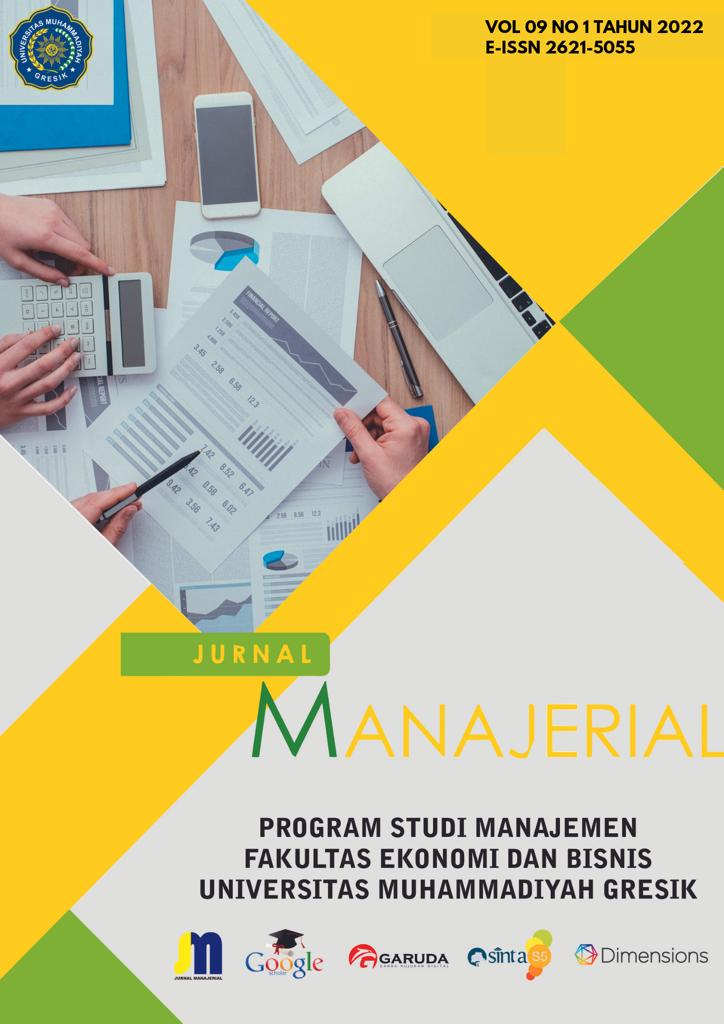













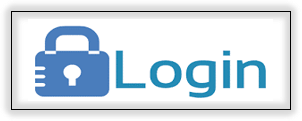
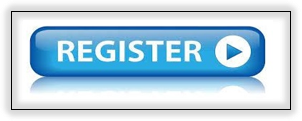





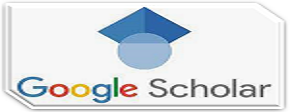
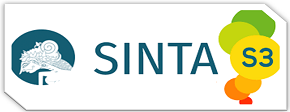



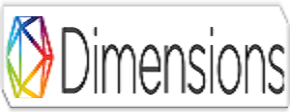
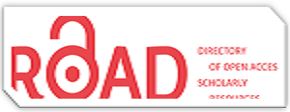

 P-ISSN: 2354-8592 __ E-ISSN: 2621-5055
P-ISSN: 2354-8592 __ E-ISSN: 2621-5055 
